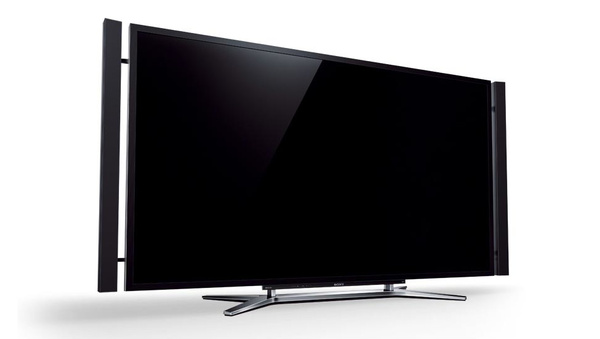
For example, Samsung has dropped the price of its F9000-series TVs by $1000 and Samsung's new UN55F9000 55-inch Ultra HD will now drop to $4,499. Moving up, the 65-inch UN65F900 model will now cost $5,999, down $1500 from the current listing.
Sony has made similar moves, dropping their 55-inch models by $1000 and the 65-inch model by $1500.
One dealer had this to say of the move: "Margins will remain the same, as far as percentage."
Written by: Andre Yoskowitz @ 28 Aug 2013 15:41

